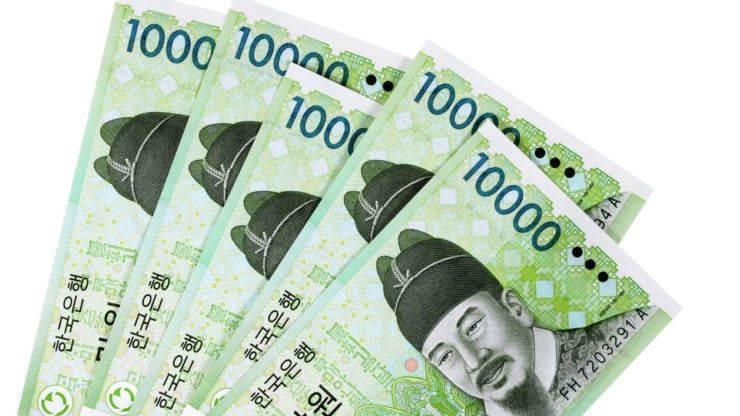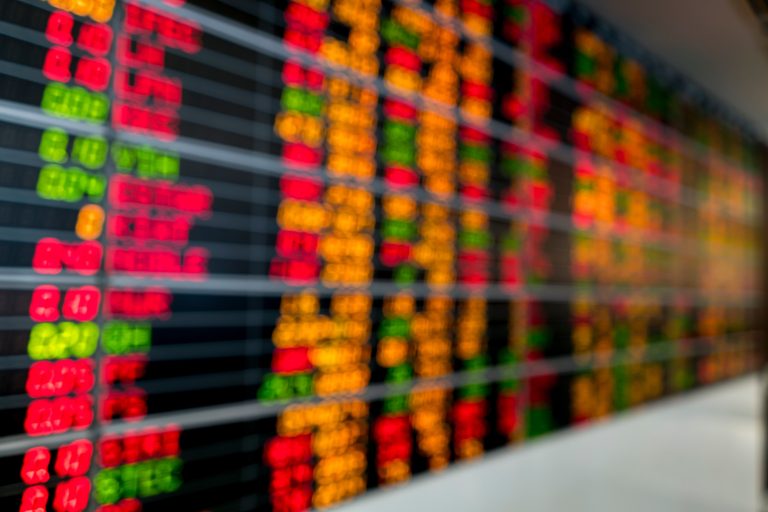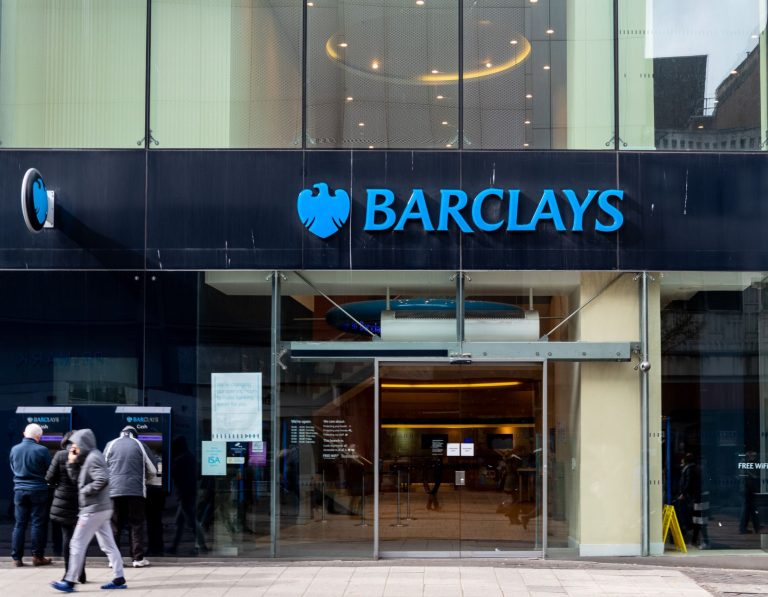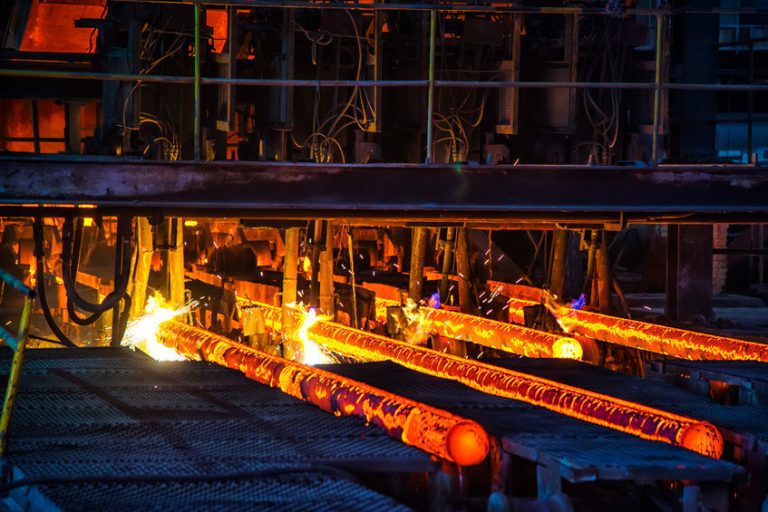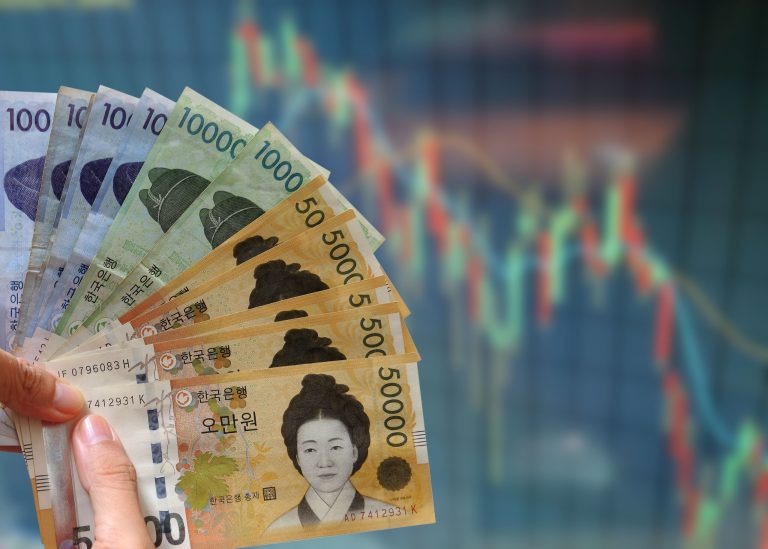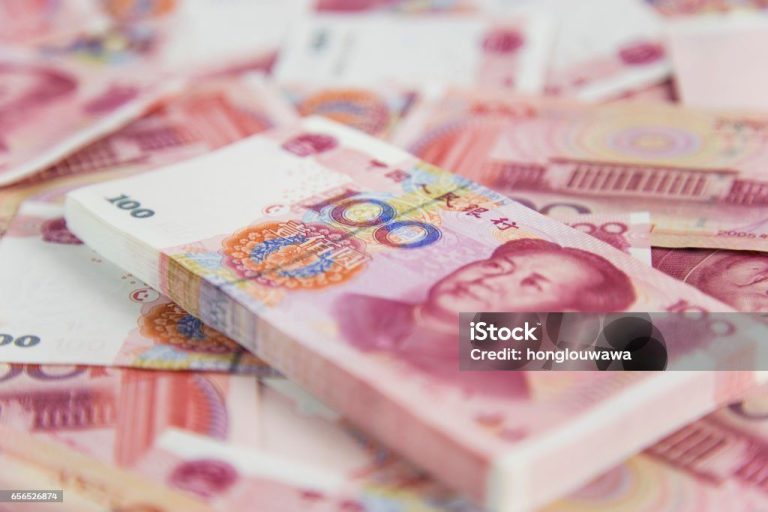The cryptocurrency market is buzzing with optimism as Bitcoin (BTC) consolidates near $95,000, and altcoins like Tron (TRX) and Reserve Rights (RSR) post massive gains.
With a global market capitalization climbing 1% to $3.54 trillion, today’s crypto prices highlight a strong bullish trend.
Major cryptocurrencies, including Ethereum (ETH), Solana (SOL), and XRP, are experiencing notable price actions, attracting investors eager to capitalize on this momentum.
Let’s dive into the market’s latest updates and analyze the trends shaping December 4.
Bitcoin (BTC) hovers around $96,000
Bitcoin is trading at $95,900, with a 24-hour range of $93,629 to $96,669.
The flagship cryptocurrency’s market cap is impressive $1.9 trillion, supported by a trading volume of $70 billion.
However, its market dominance dipped slightly to 54.11%.
Source: CoinMarketCap
Ark & 21Shares sold $93 million worth of BTC on the institutional front, while Fidelity recorded $52 million in inflows, reflecting mixed sentiment.
Meanwhile, BlackRock’s ETF data remains pending, fueling speculation among investors.
Additionally, Bitcoin mining giant Foundry reduced its workforce to streamline operations, hinting at a focus on efficiency amid rising competition.
Tron (TRX) soars over 70%
Tron has emerged as one of the biggest gainers, surging over 70% in 24 hours to trade at $0.38.
Its market cap has reached $32 billion, with a trading volume of $12 billion.
This rally has propelled Tron into the top 10 cryptocurrencies by market cap, signaling growing investor confidence.
Ethereum (ETH) gains 1%
Ethereum is trading at $3,667, marking a modest 1% increase in the past 24 hours.
Its market cap is $441 billion, with trading volume hitting $40 billion.
Inflows into Ethereum ETFs reached $67 million, primarily driven by Fidelity’s $73 million contribution.
Meanwhile, Solana rose 5% to $238, buoyed by Grayscale’s application for a Solana ETF with the SEC.
The move underscores institutional interest in Solana’s blockchain ecosystem, which is gaining traction for its speed and scalability.
Reserve Rights (RSR) rockets 55%
Reserve Rights stole the spotlight with a stunning 55% gain, trading at $0.026.
This surge follows speculation that Paul Atkins could potentially lead the US SEC under a future Trump administration, sparking renewed interest in the token.
XRP drops 6% amid regulatory shifts
XRP is trading at $2.55, reflecting a 6% decline.
Ripple’s legal battle continues to make headlines as Jorge Tenreiro, Ripple’s lead attorney, joined the SEC as Chief Litigation Counsel.
This development could signal stricter crypto regulations ahead.
Source: CoinMarketCap
Meme coins show mixed performance
Meme coins saw varied price movements. Dogecoin (DOGE) dropped 2% to $0.41, while Shiba Inu (SHIB) rose 3% to $0.00003015.
Other meme tokens, including PEPE and WIF, showed minor gains, with Bonk slipping slightly.
Top losers: Kaia and Flare Network
Kaia (KAIA) was the day’s worst performer, losing 17% to trade at $0.34. Similarly, Flare Network (FLR) dropped 10%, settling at $0.034.
With major cryptocurrencies showcasing strong upward trends, today’s market outlook suggests continued bullishness.
Investors are closely monitoring developments in Bitcoin ETFs, regulatory shifts, and institutional interest to gauge the next big move in the crypto space.
The post Crypto market snapshot, Dec 4: Bitcoin at $96K, Tron soars 75% appeared first on Invezz



